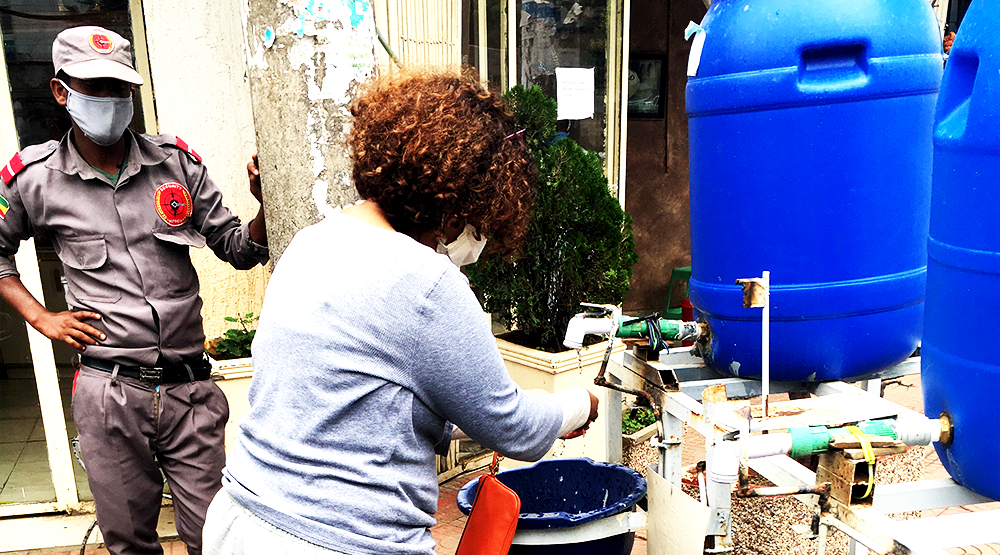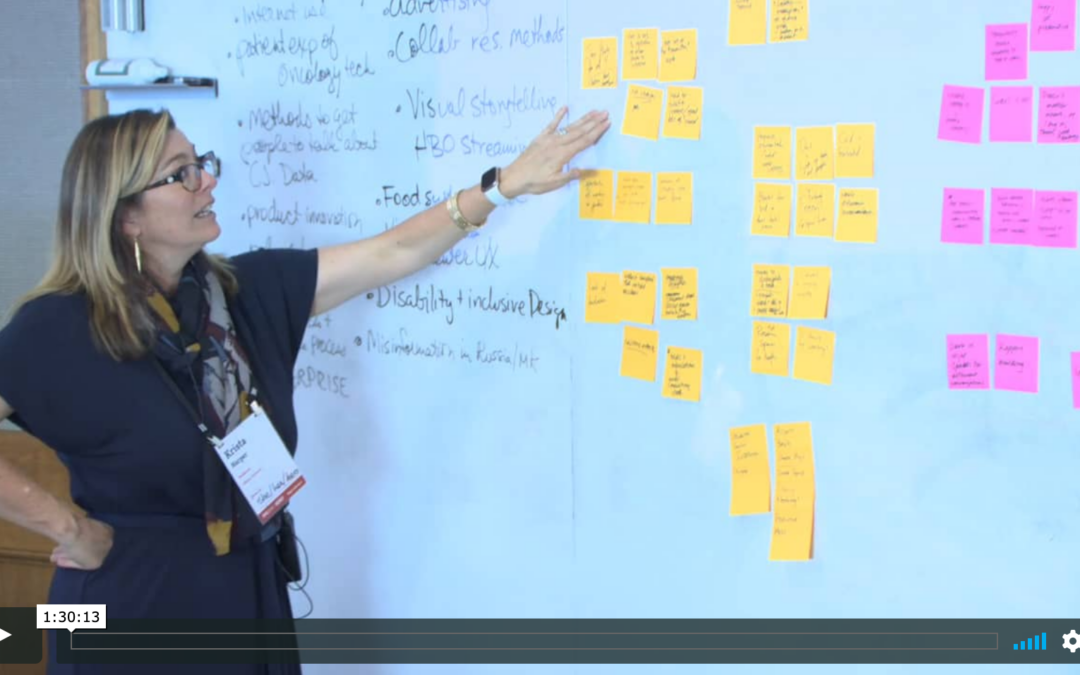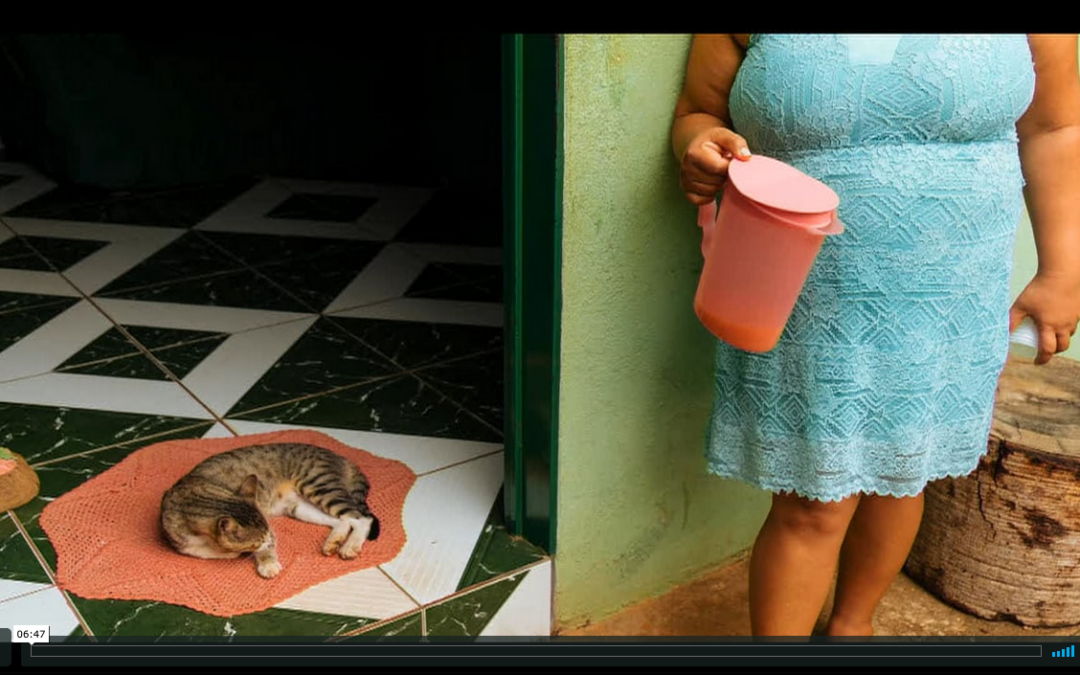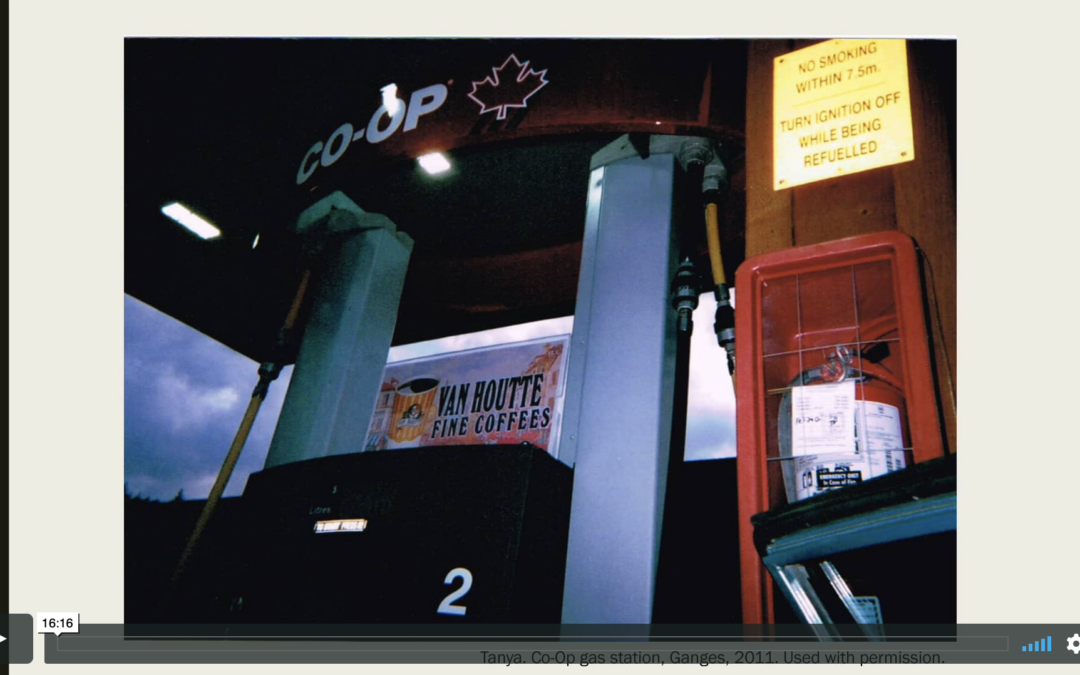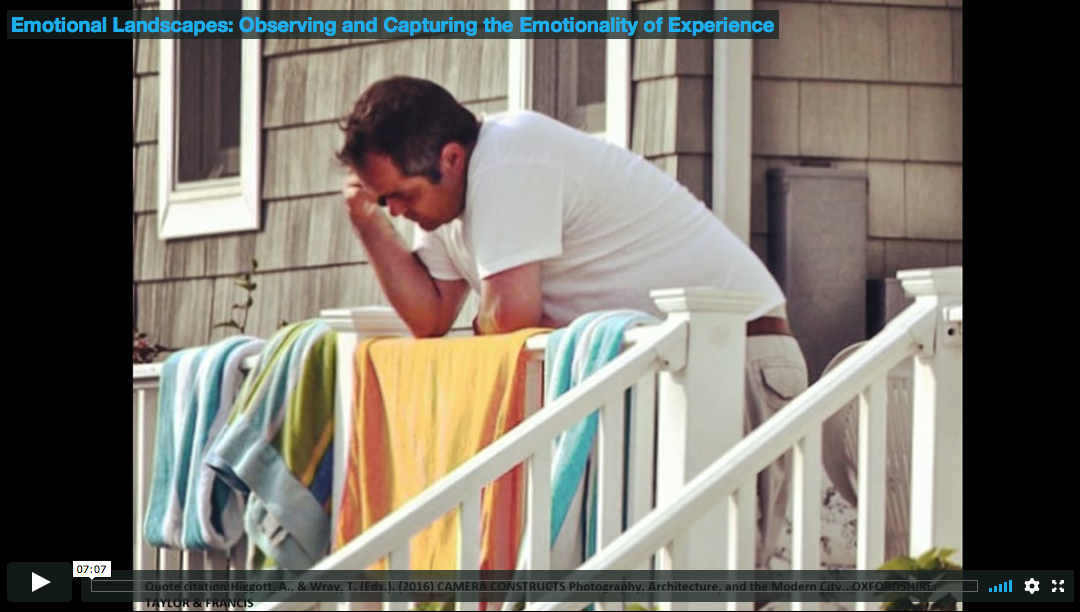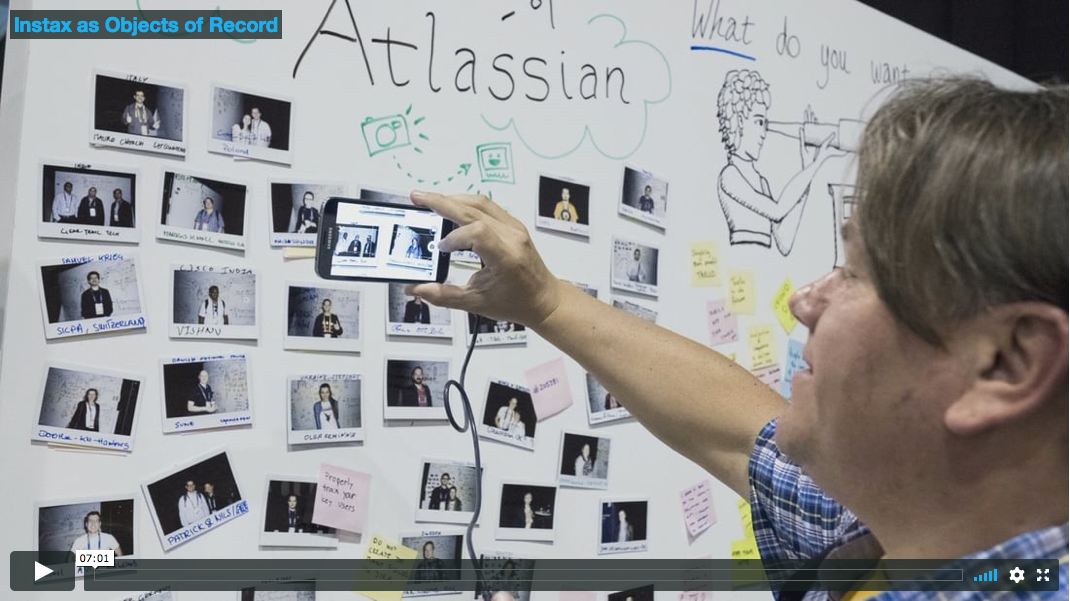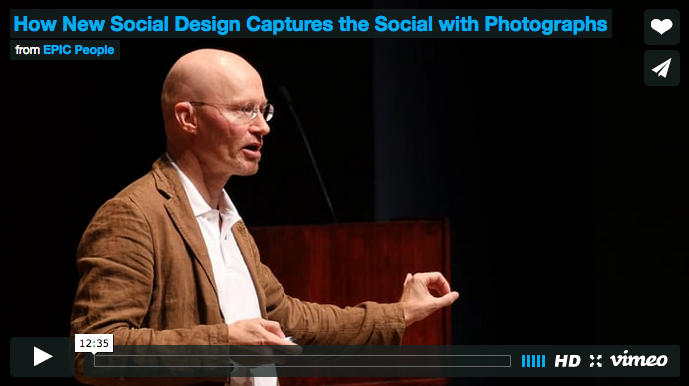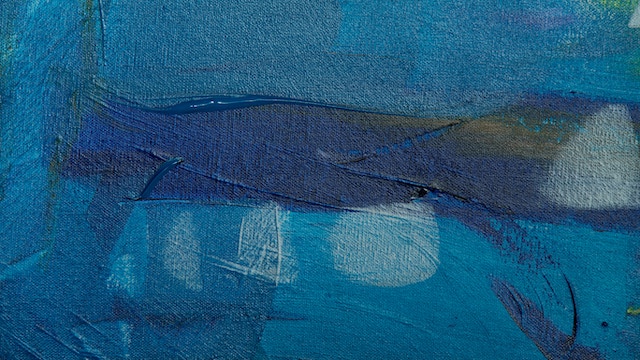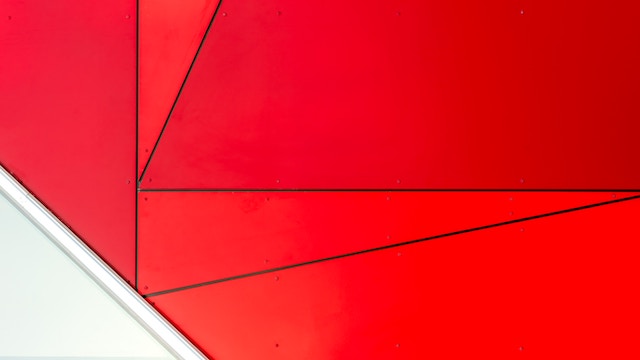Where were you during Covid-19? The question seems destined to become a standard conversation piece at future get-togethers. For professional anthropologists and ethnographers, we can also add in questions about what was looked at, listened to, thought about, done and imagined for the future....
